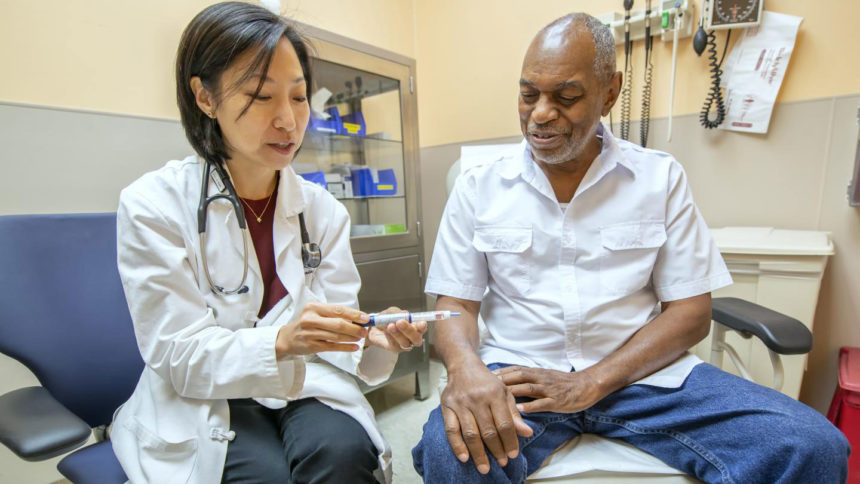
Blood samples taken during routine doctor visits may predict which patients will develop diabetes up to five years beforehand, a study of Veterans Affairs treatment data has found.
It turns out that plasma glucose levels that normally would not indicate diabetes can in fact predict the disease’s development. Put to new use, these routine plasma glucose tests could lead to earlier treatment and better outcomes, wrote Mary Rhee, M.D., lead author.
Rhee and her Veteran’s Affairs colleagues looked at data from about 900,000 patients. A plasma glucose test reading of 200 mg/dL or higher is typically the threshold for a diagnosis of diabetes. Readings below that number are not considered to be useful indicators of disease. But study participants with at least two random plasma glucose measurements of 115 mg/dL or higher within a 12-month period were highly likely to be diagnosed with diabetes within a few years. Glucose levels of 130 mg/dL or higher were even more predictive of diabetes.
In addition, the random plasma glucose tests were stronger predictors than any demographic or other traditionally predictive factors, alone or combined, Rhee wrote.
Based on their findings, the researchers recommend that patients receive follow-up diagnostic testing for diabetes if they have two random glucose tests showing levels 115 mg/dL or higher. This approach may be cost-effective because the tests are already routinely prescribed during outpatient visits, Rhee wrote.
“These tests could signal the need for further testing, allow preventive intervention in high risk individuals before onset of disease, and lead to earlier identification of diabetes,” she reported.
The new study was published in PLOS ONE.



